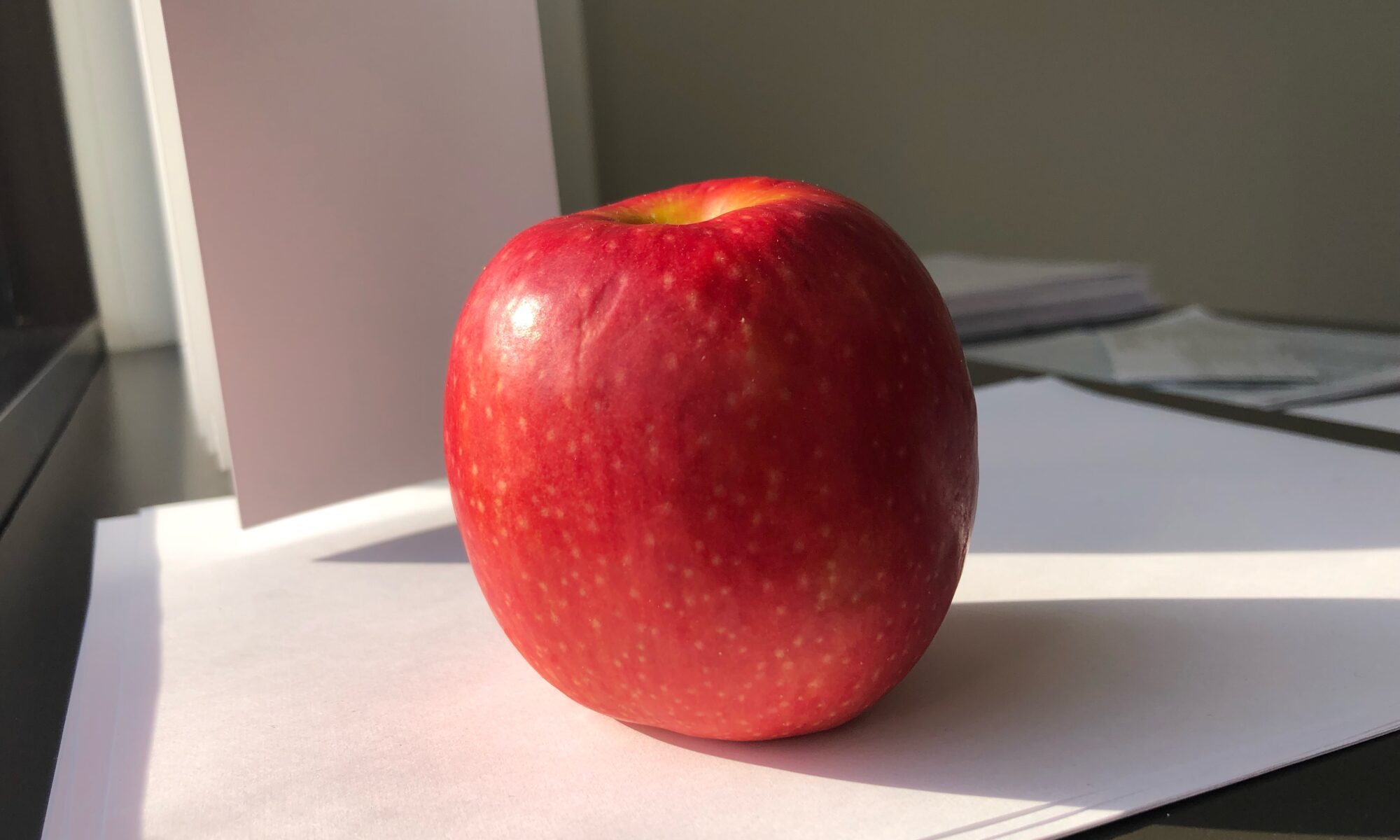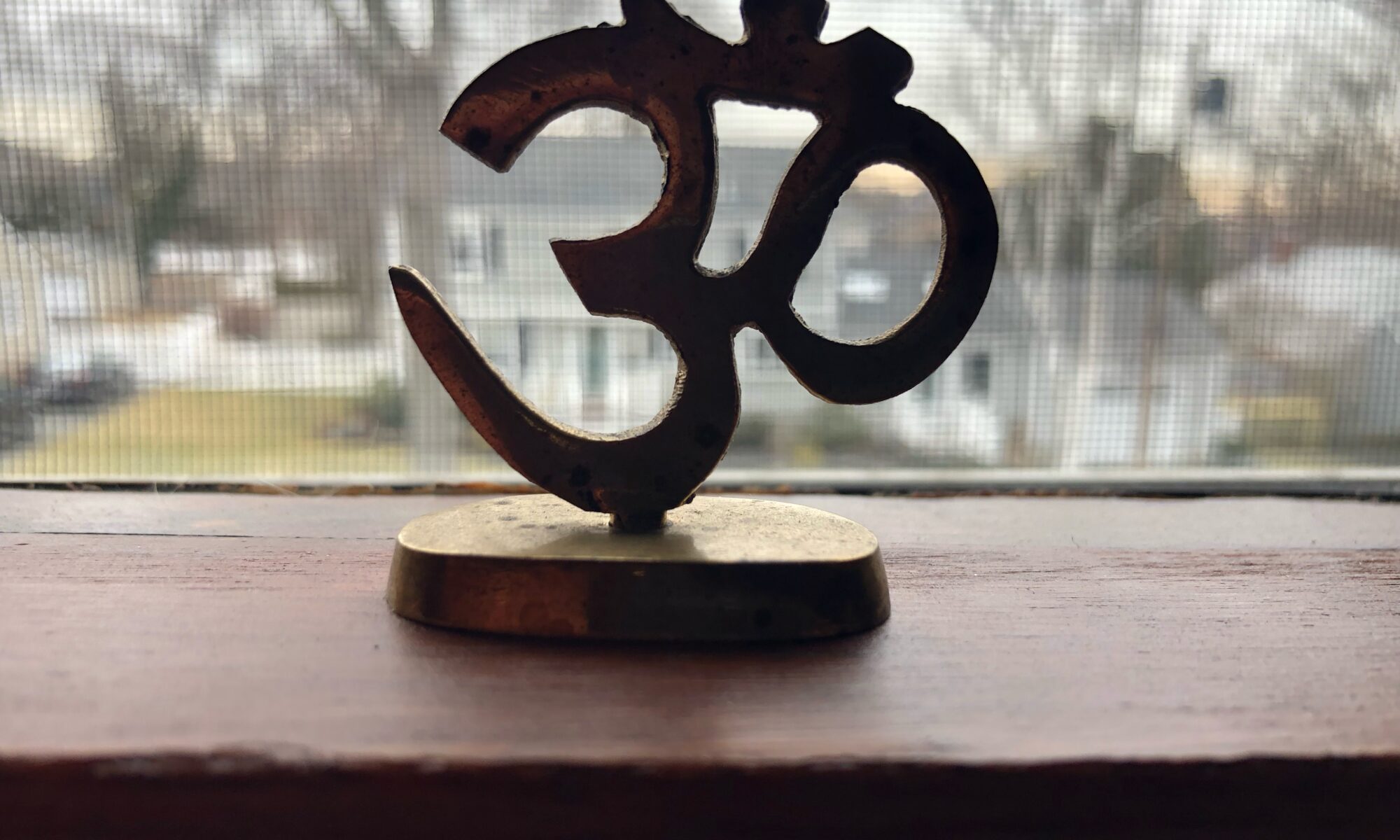In this series of posts we’re exploring Patanjali’s Yoga Sutras, the authoritative text on classical Indian yoga, or meditation – the goal of which is to reduce pain and suffering via enlightenment (i.e., realizing the Divine nature of our own Consciousness).
Patanjali’s iconic, 200-line poem consists of four parts. The first introduces enlightenment: what it is, how to achieve it, and obstacles we may encounter. The second chapter prepares us to meditate. The act of meditating is simple but it’s what we do before we sit down and close our eyes that greatly enhances the experience and our chances of success.
Patanjali begins the chapter on preparation by telling us how to quiet our thoughts. He lists five conditions which may influence our thoughts and tells us to mitigate those potential influences by maintaining a trifold attitude of:
- fortitude – courage, strength, determination, perseverance;
- introspection – wisdom; remaining objective and honest with ourselves about our triggers, shortcomings, distractions, habits – constantly monitoring our thoughts, words and deeds; and
- devotion – faith in ourselves and the virtue of seeking enlightenment
Note: here, at the beginning of the chapter on preparing to meditate, Patanjali emphasizes the importance of maintaining an attitude that fosters these specific behaviors (i.e., courage, wisdom and faith). Later in the chapter, he tells us to actually act this way [these are three of the five niyamas or yogic practices – the other two being acceptance and serenity].
Patanjali lists five conditions which may influence or color our thoughts to varying degrees:
- Ignorance – herein, not recognizing the unique, intangible nature of Consciousness;
- Ego – conflating mind with Consciousness;
- Attraction – desires
- Aversion – the opposite of attraction; loathing
- Fear – specifically fear of loss and dying
Next Patanjali explains why un-coloring or quieting our thoughts is important: in short, because our thoughts influence our words and actions, and everything we say or do has lasting consequences – this is the essence of karma.
Aphorisms 2.12 – 2.16, loosely translated:
2.12 Colored thoughts give rise to actions which in turn generate new coloring; thus, the cycle of karma (cause & effect) is perpetual
2.13 Karma, including that set in motion before we were born, is largely responsible for the quality, duration and circumstances of our lives
2.14 The consequences of our actions may be either positive or negative (i.e., lead us closer to, or further from, enlightenment)
2.15 A wise, discriminating person seeks to break the perpetual cycle of karma…
2.16 …to avoid future suffering
There it is in a nutshell: the purpose of classical Indian yoga or meditation is “to avoid future suffering.” Personally, after almost 60 years of searching, I no longer feel empty, lost and alone. I’m no longer reliant on things or others to bring me joy. I know inner peace, bliss, acceptance, and love. I offer these insights so others may find their way “home” as well.
For info about private lessons or workshops in self-discovery and peace of mind see the ‘Contact Us’ page of this site.
God bless, Skip
#patanjali #consciousness #meditation













